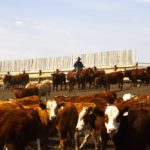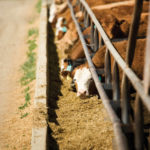Several projects of interest to the beef industry are in progress at the Centre for Innovative Information Technology Solutions, a.k.a. the RADLab at the Southern Alberta Institute of Technology (SAIT) in Calgary, as it rounds out its 10th year of researching advanced RFID applications for livestock. The world-class SAIT RFID test lab is now in […] Read more











